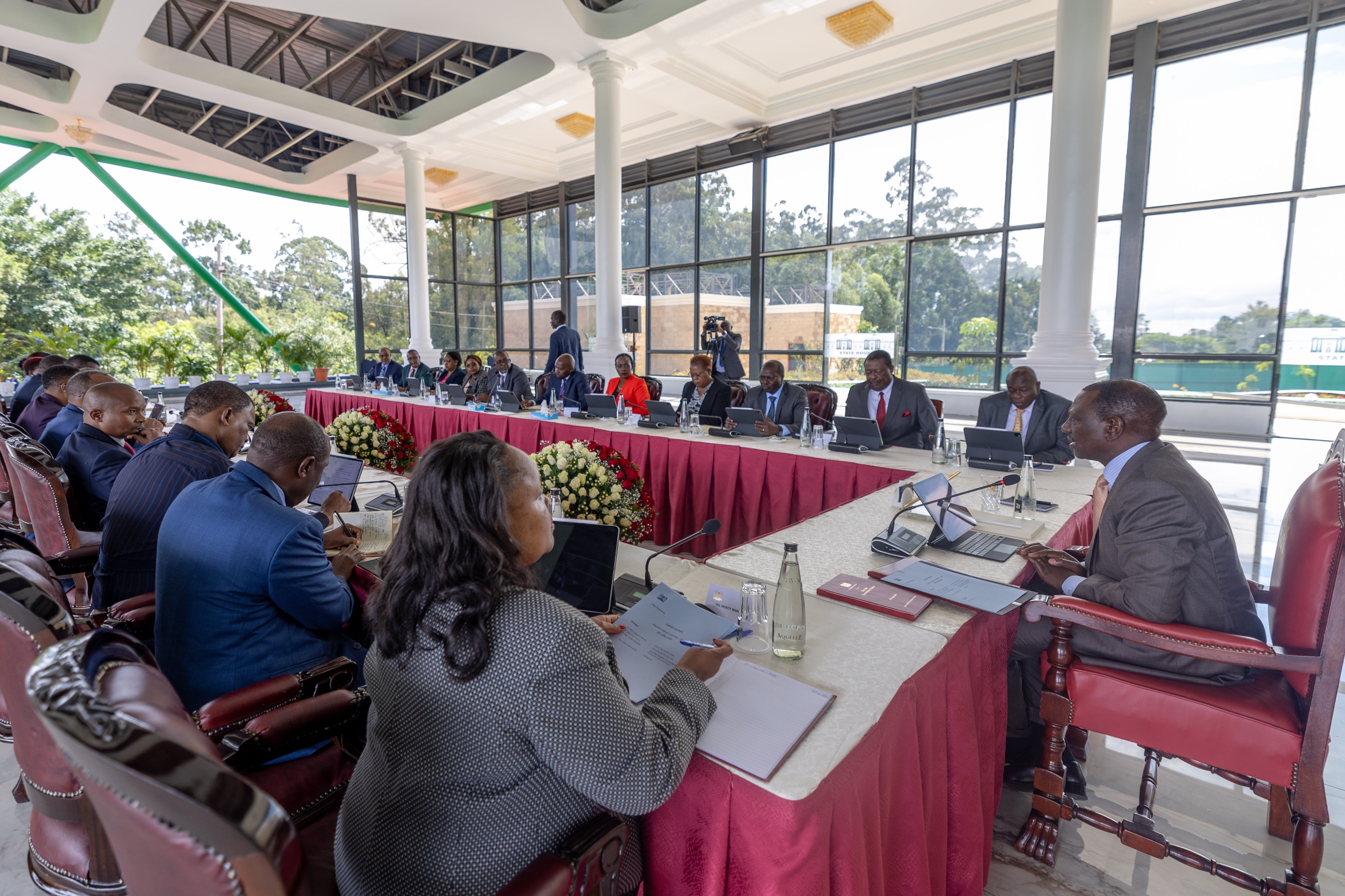The Cabinet has approved guidelines that will be used to determine salaries and allowances remitted to Chief Executive Officers (CEOs) of government entities.
Cabinet Secretaries in a meeting chaired by President William Ruto at State House on Tuesday, April 23, approved the revised guidelines on the terms and conditions of service for board members and staff of State Corporations.
According to the despatch from the Cabinet, the approved changes are in line with recent directives given by President William Ruto on fiscal consolidation and management of State Corporations.

Read More
The new changes pave the way for the government to revise salaries for various CEOs of government corporations and authorities.
The changes also target board members, Vice-Chancellors, Chancellors and members of university councils.
In line with the new changes, their salaries and allowances will be reviewed by the government and relevant stakeholders to ensure proper management of State Corporations.
"Additionally, the Salaries and Remunerations Commission and the State Corporations Advisory Committee will be key players in determining the terms and conditions for State corporations," the despatch read in part.
"The guidelines also provide a new standard for the governance and ethical behaviour of board members and staff of State corporations," it added.
Besides the issue of State Corporations, the Cabinet addressed the medical doctors' industrial actions and the status of their negotiations.
The Cabinet was adamant that it is unsustainable to continue paying Ksh206,000 a month to the interns.
The Cabinet endorsed the government directive to set the internship stipend at Ksh70,000, saying other interns in public service are paid Ksh25,000.
Moreover, the Cabinet approved the purchase of six parcels totalling 11,000 acres of land in Naivasha, including 6,000 acres for settling squatters and 5,000 acres for industrial purposes.





